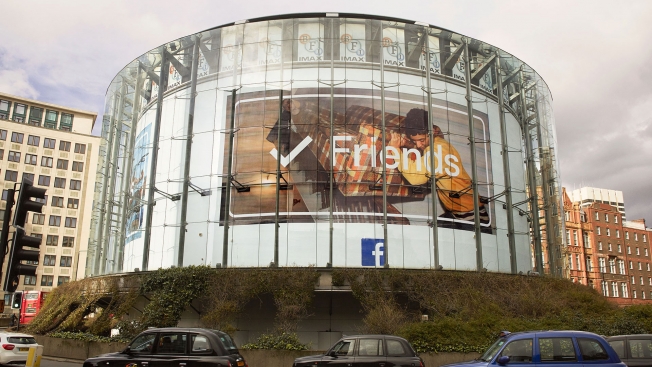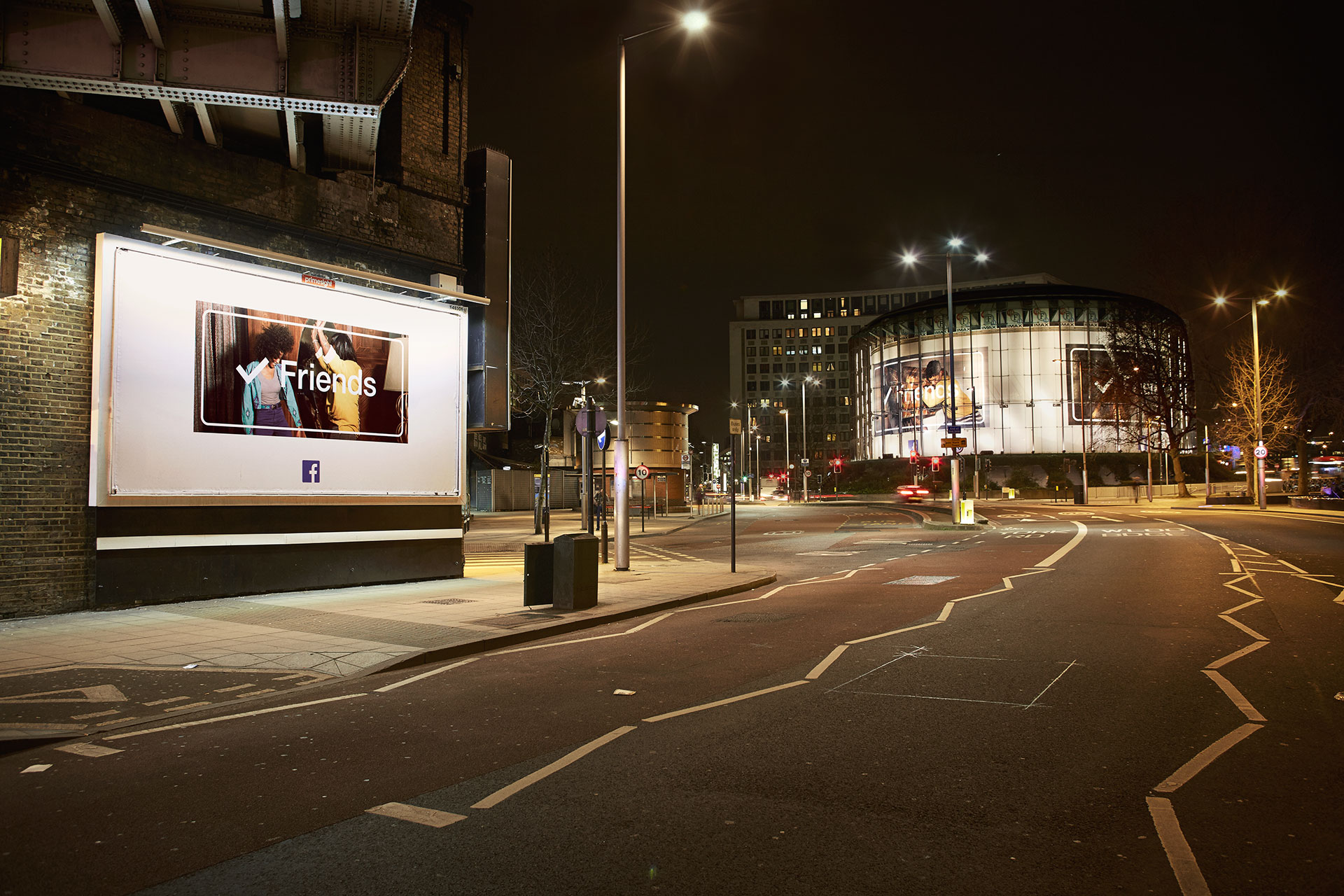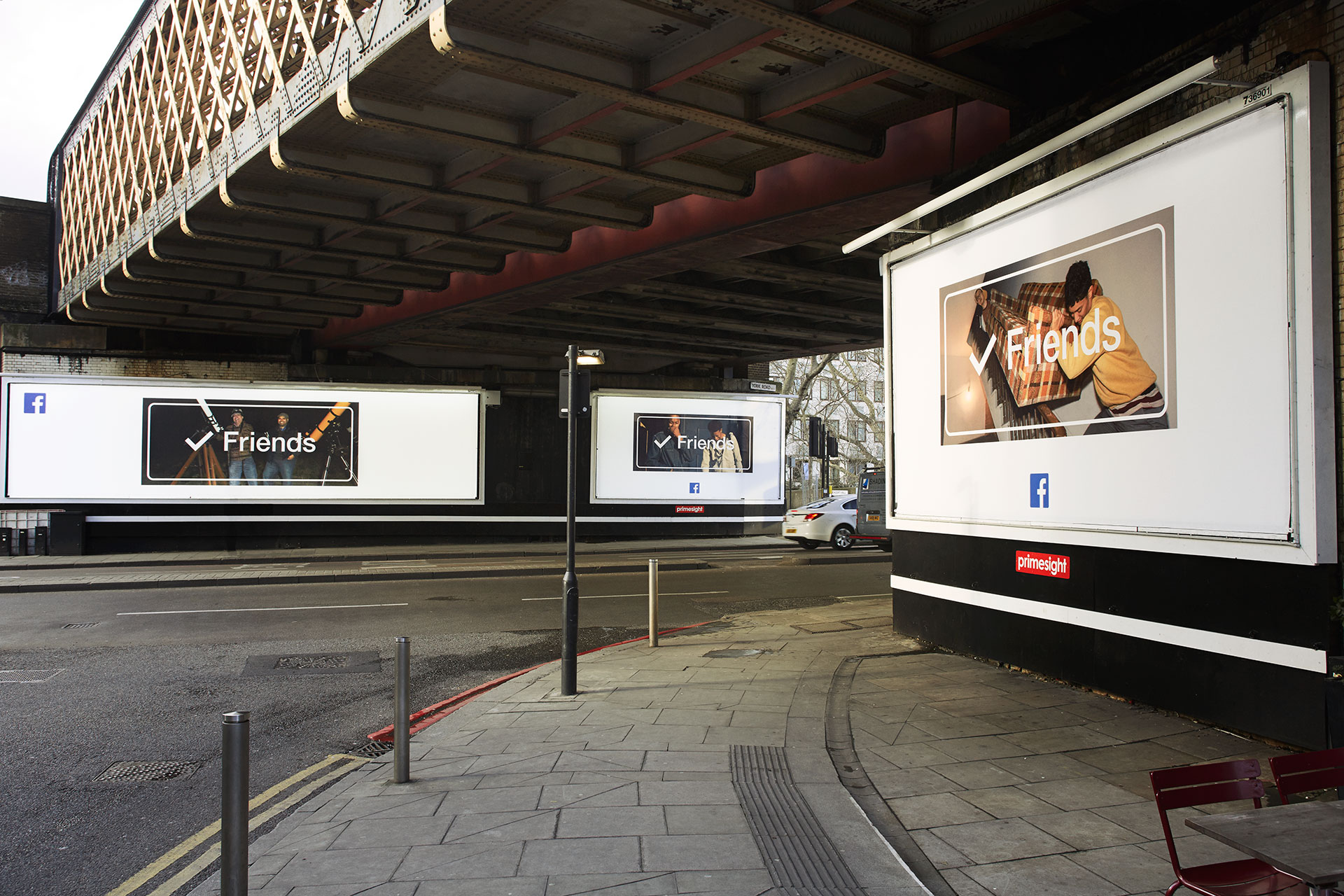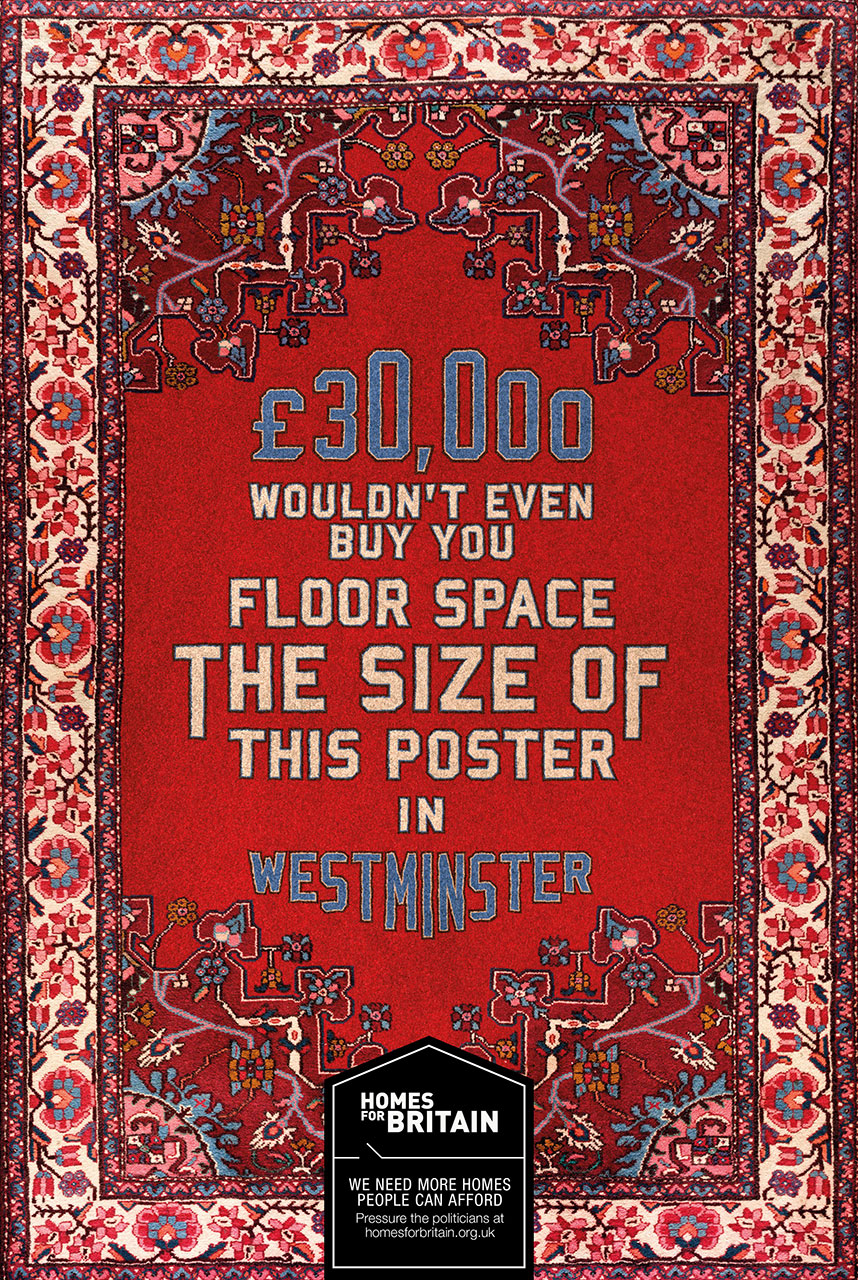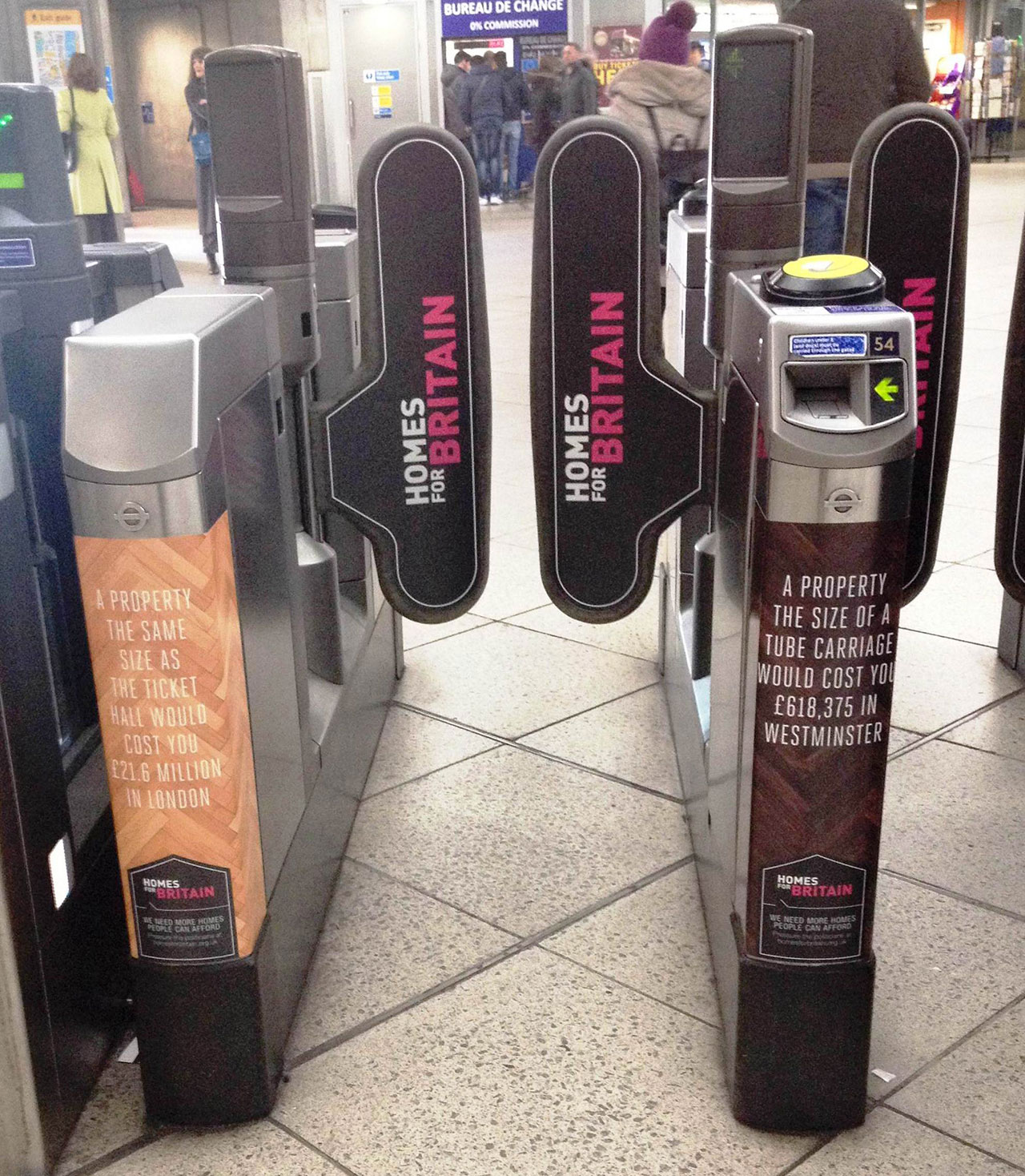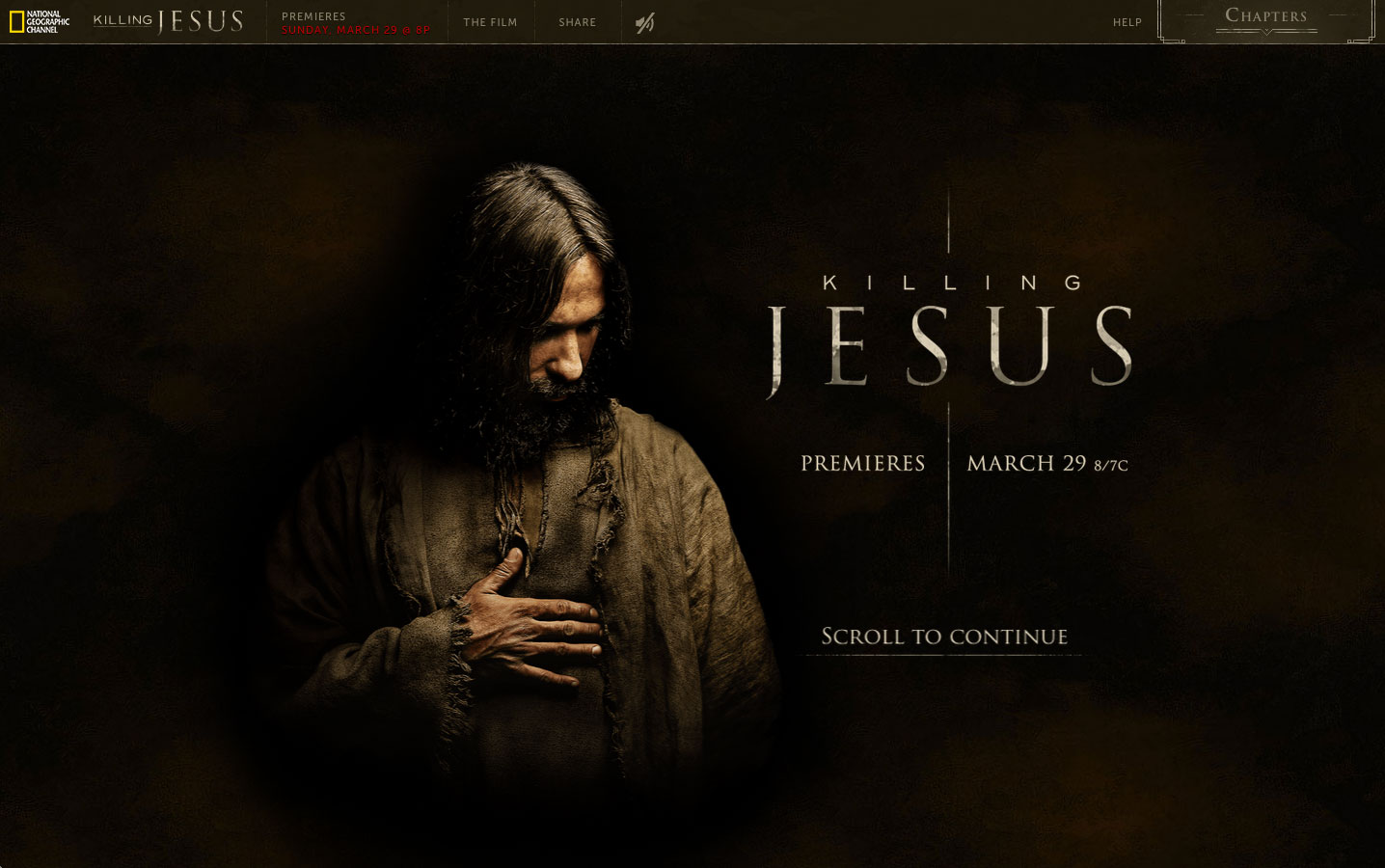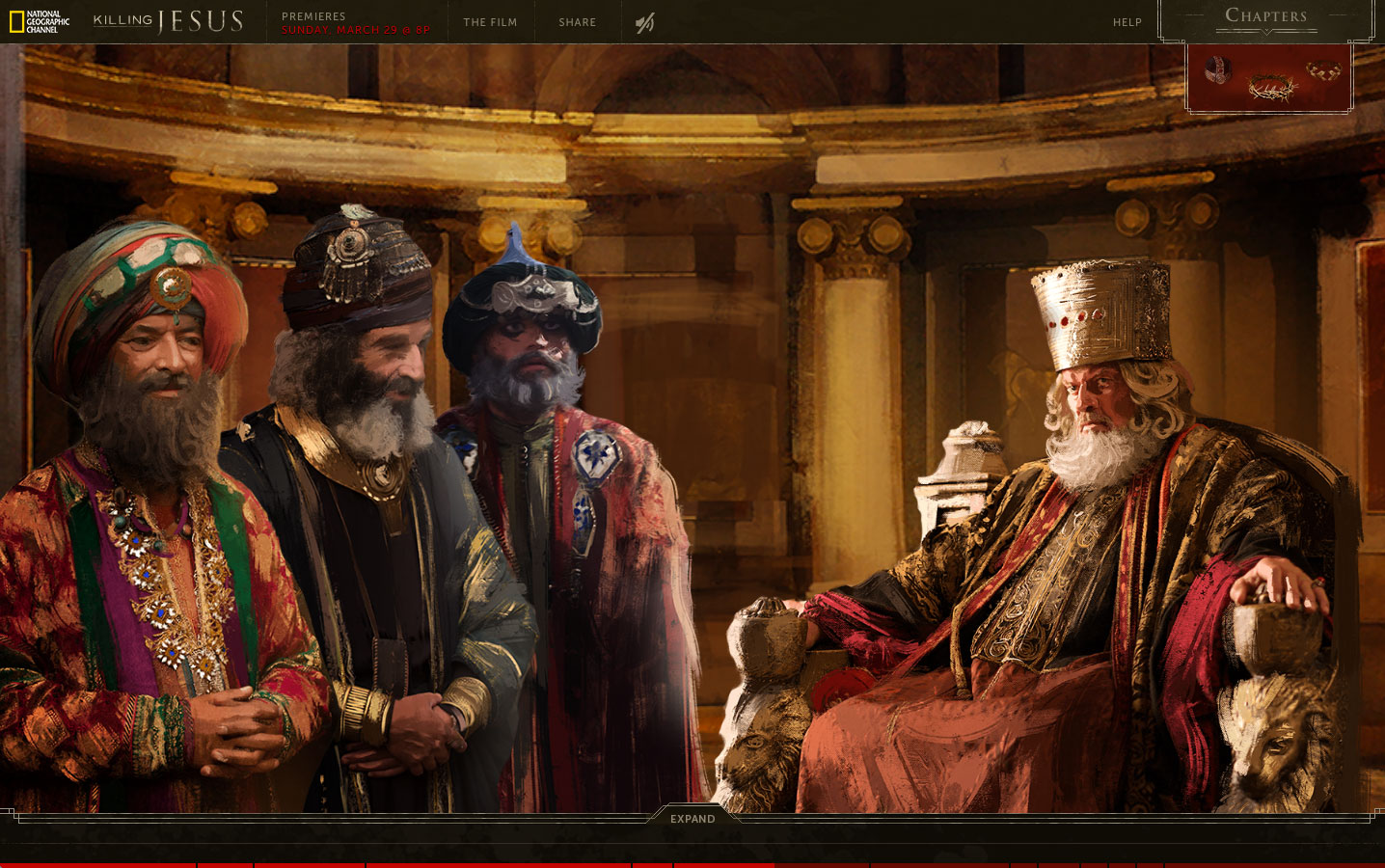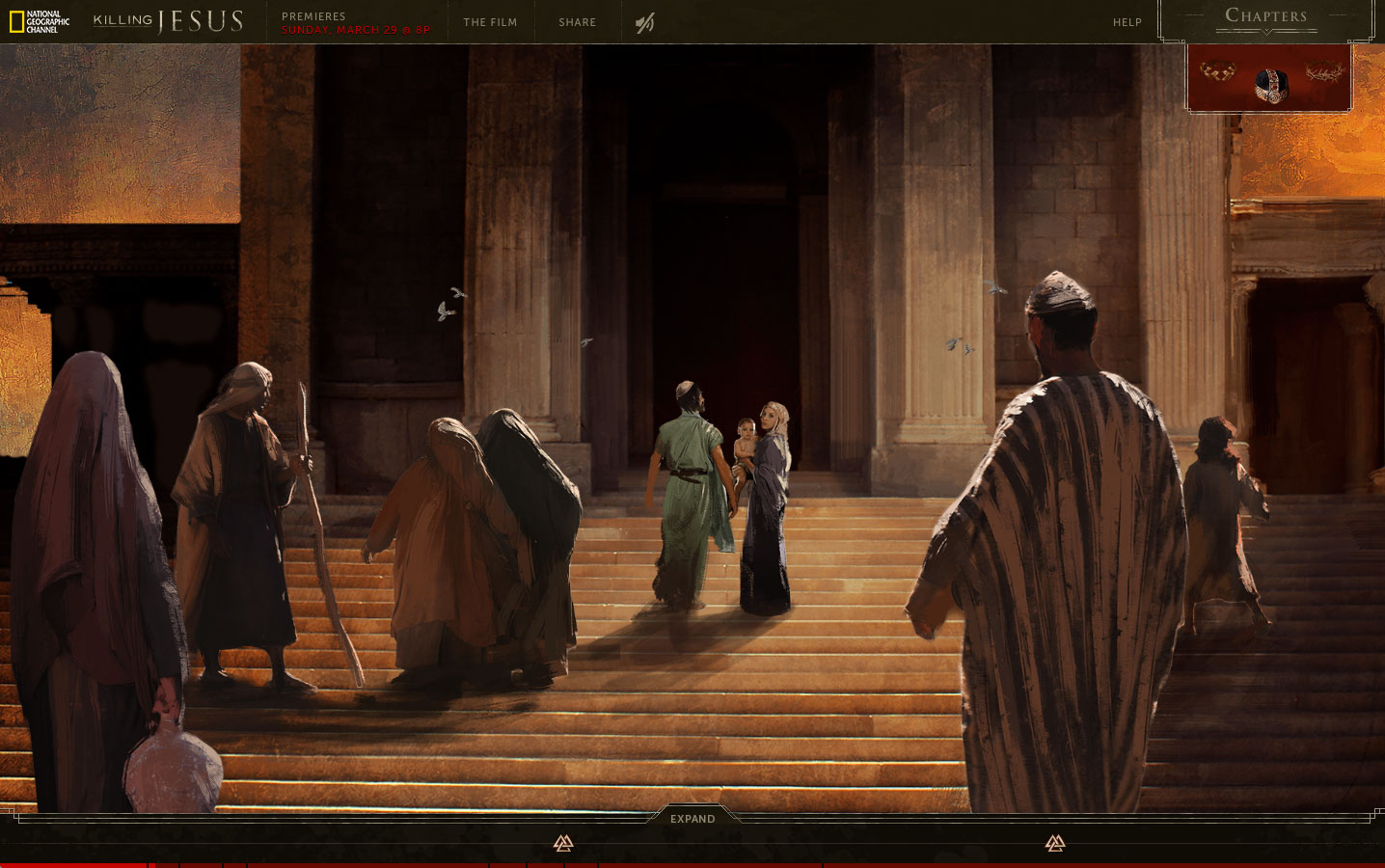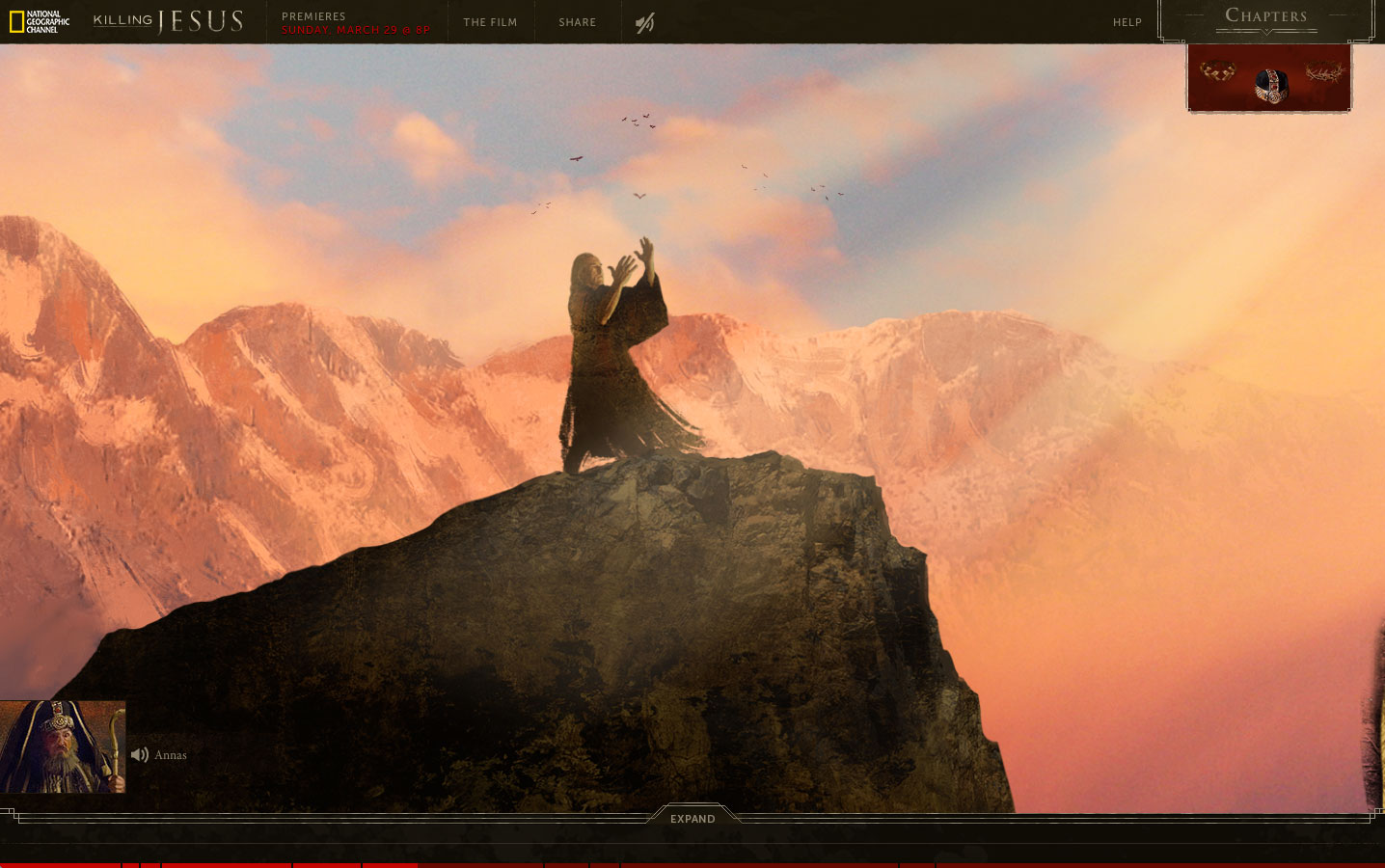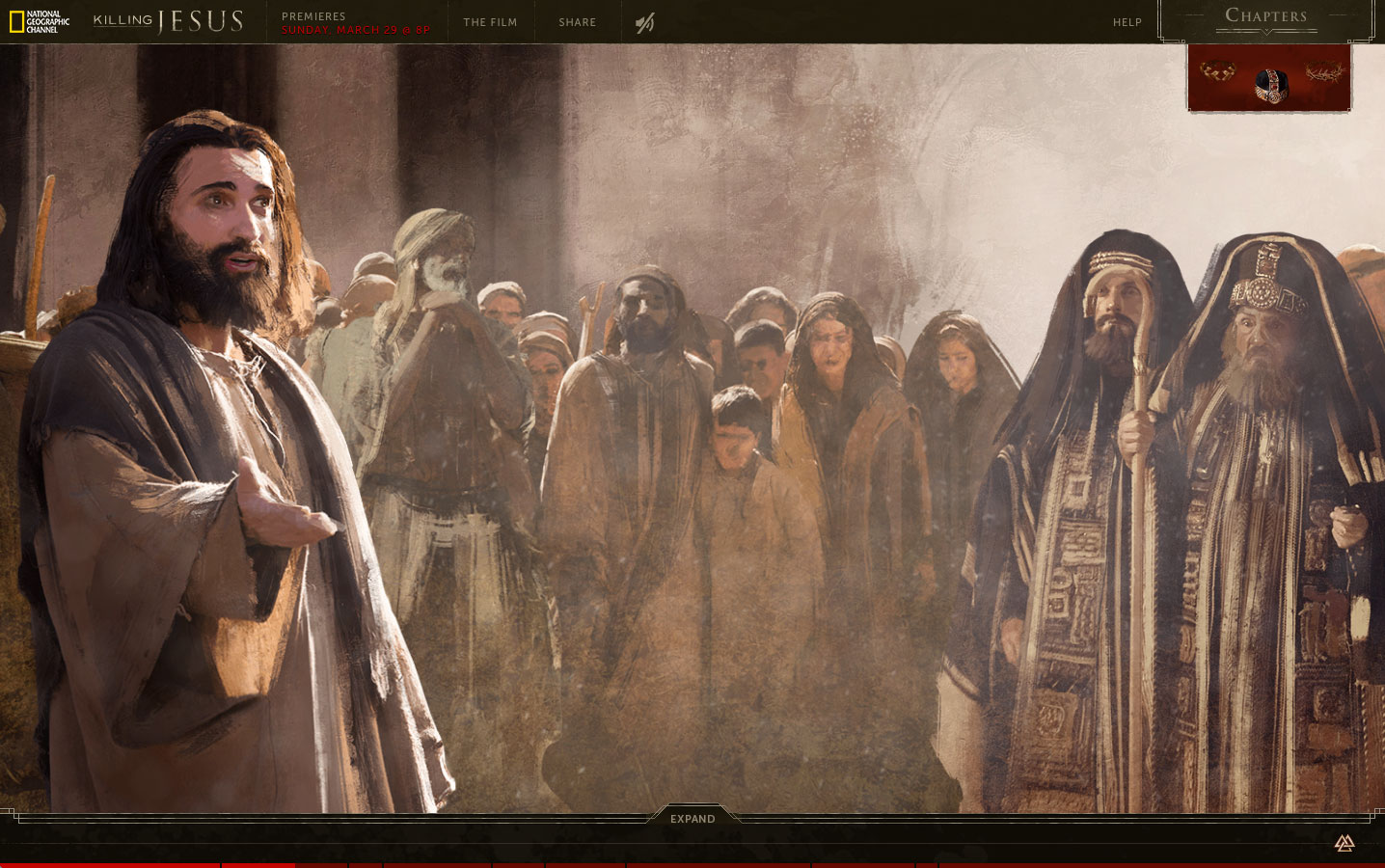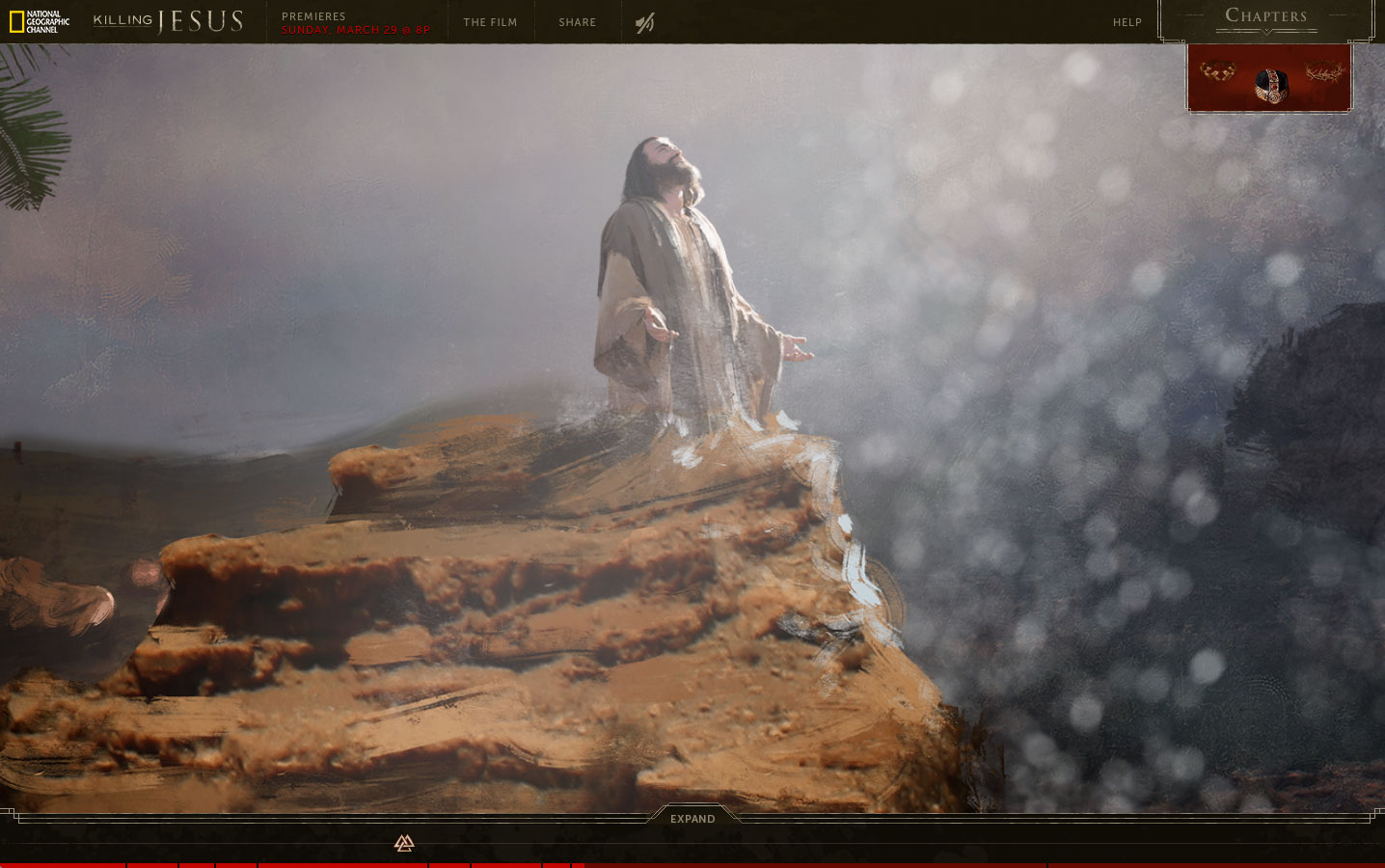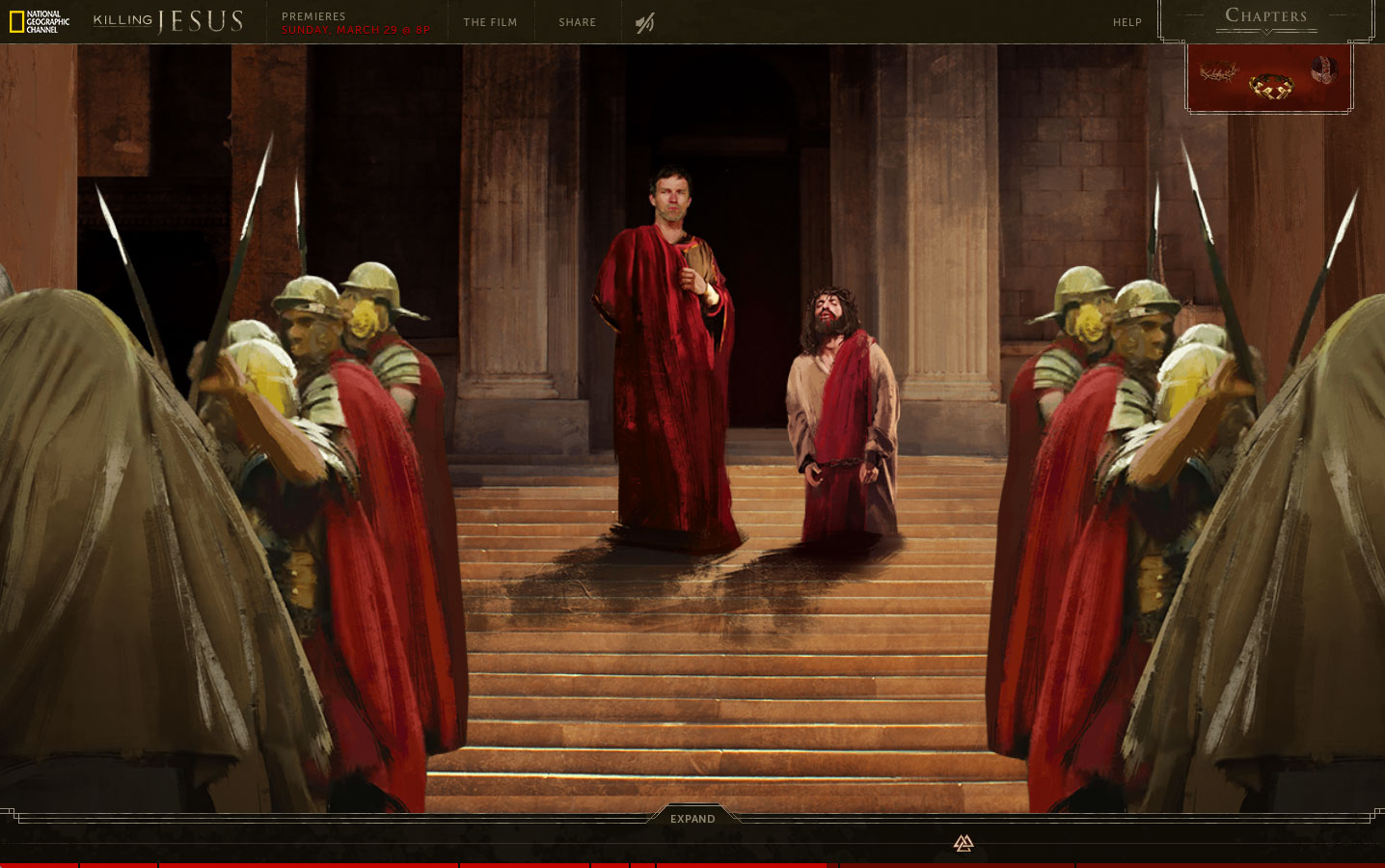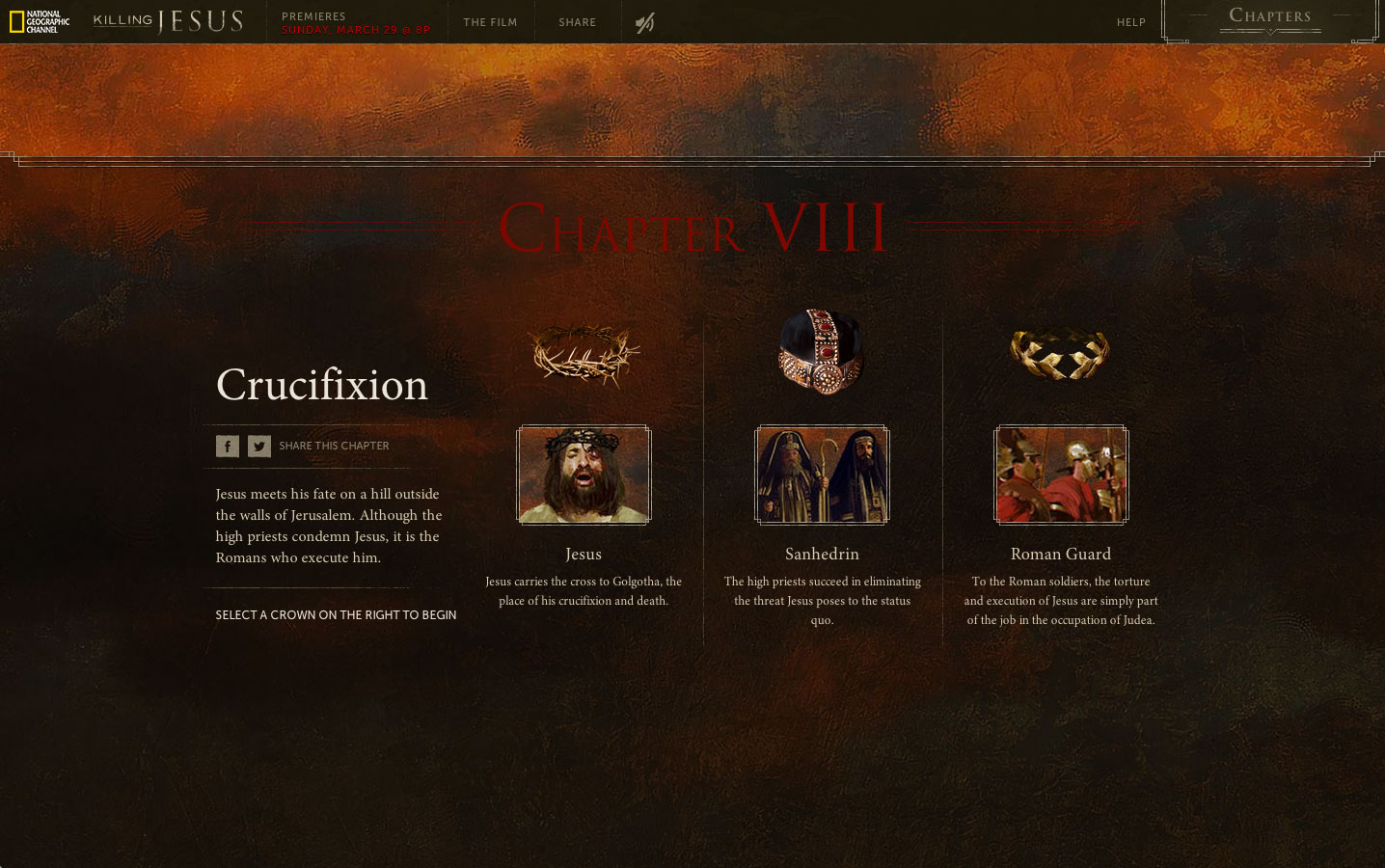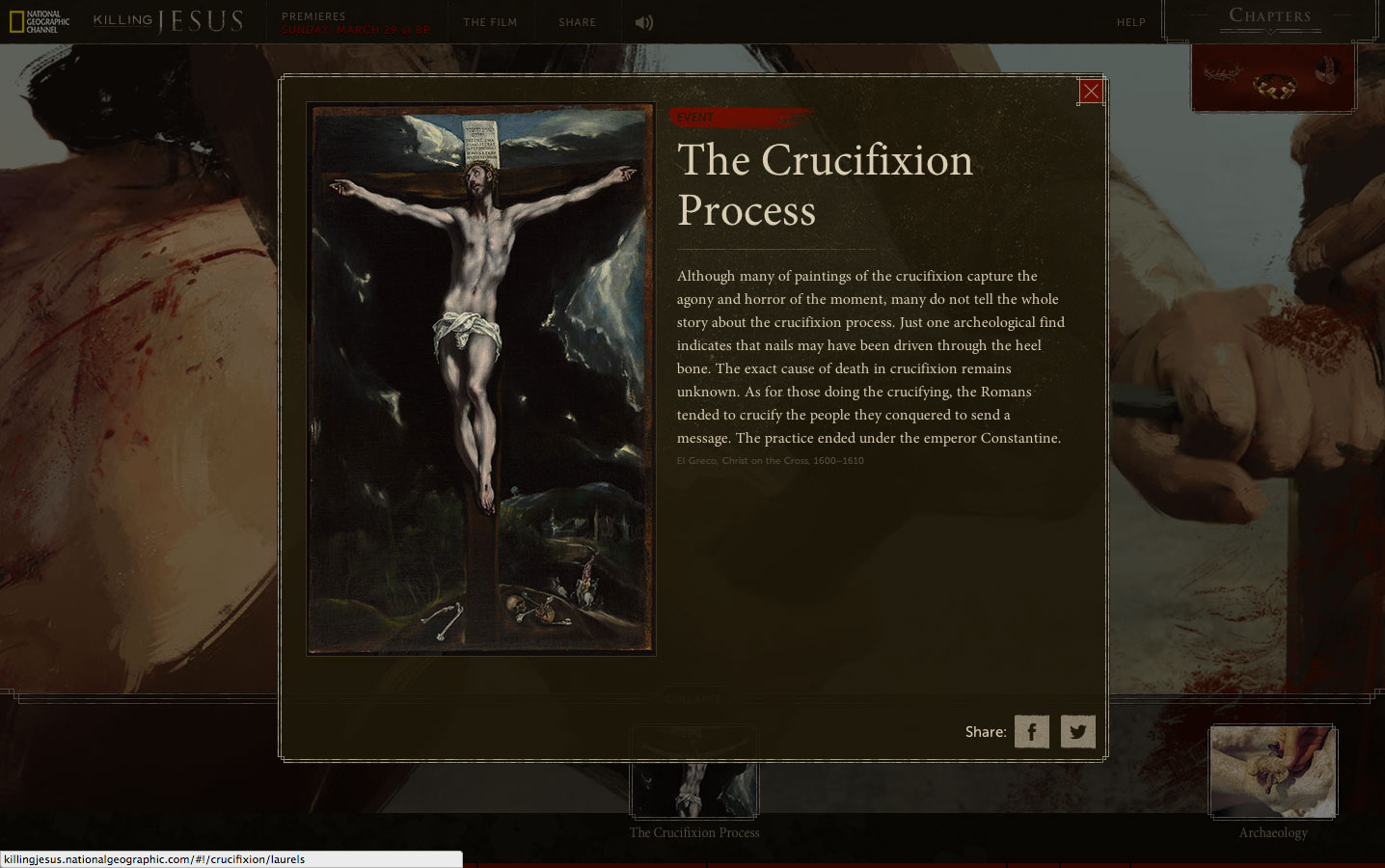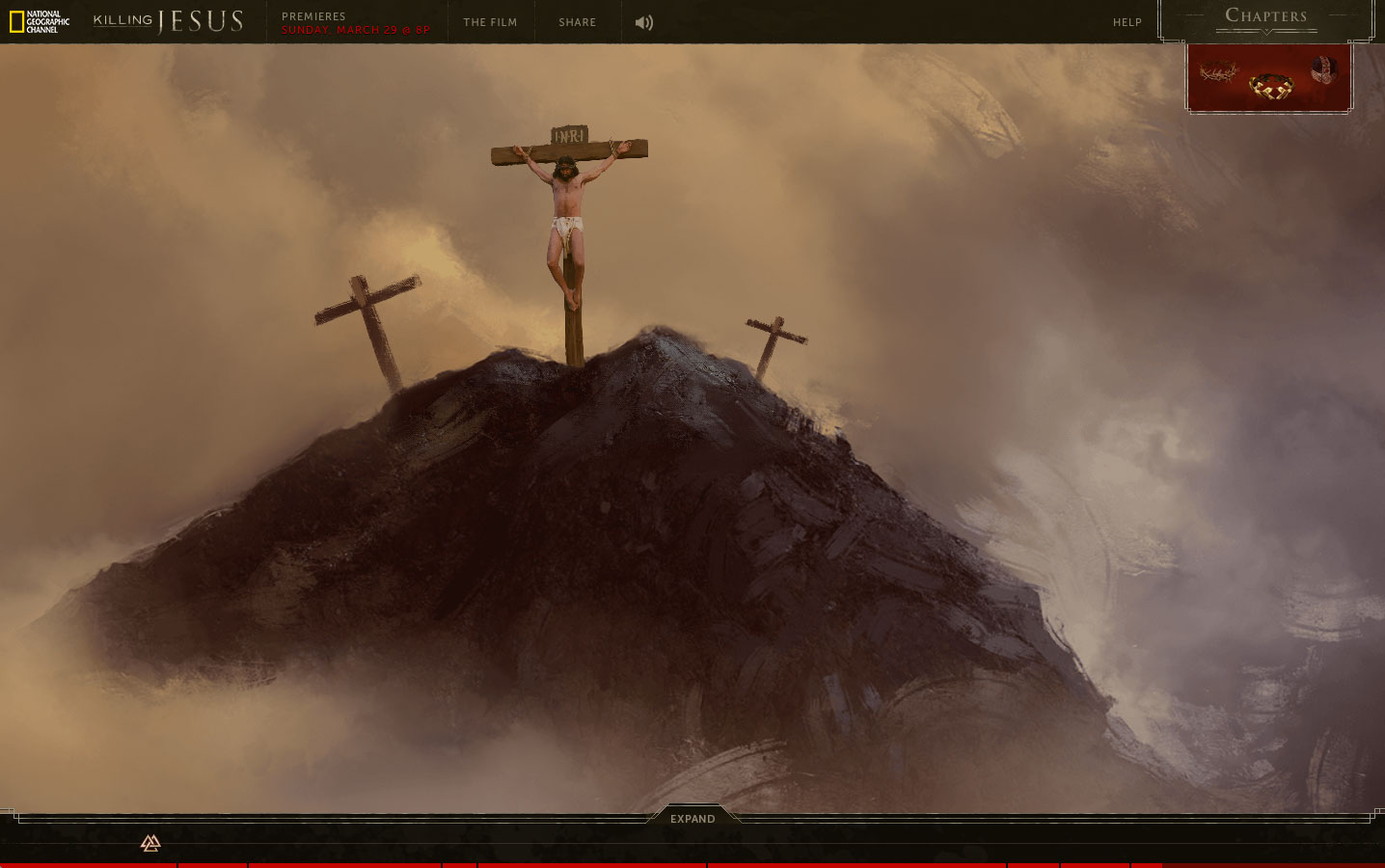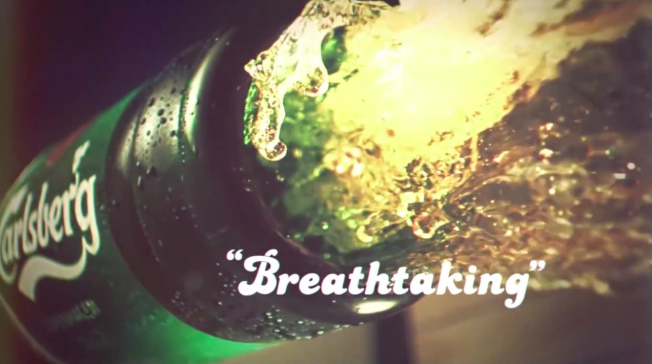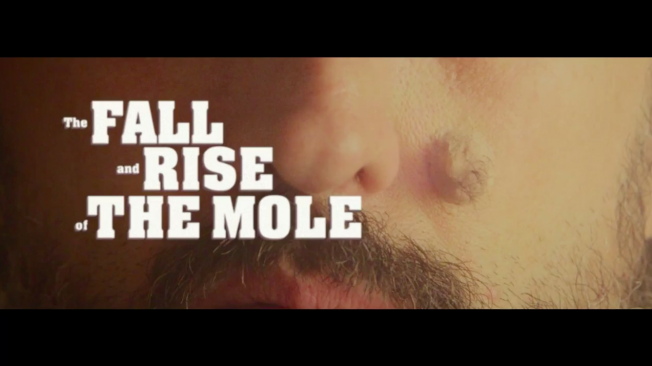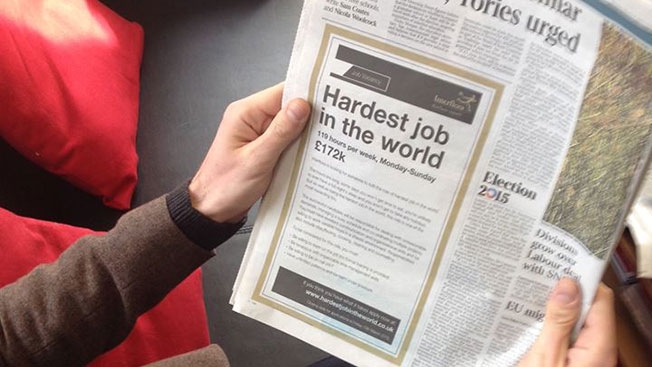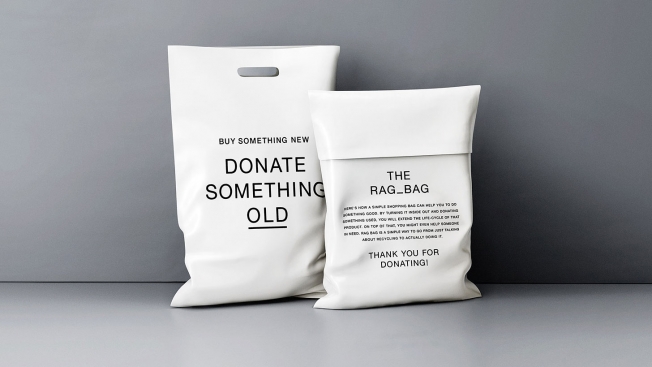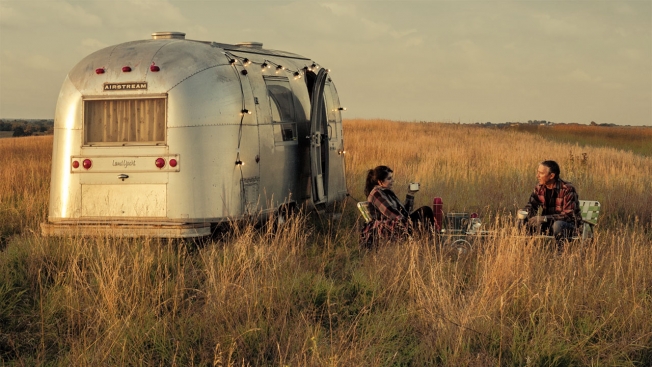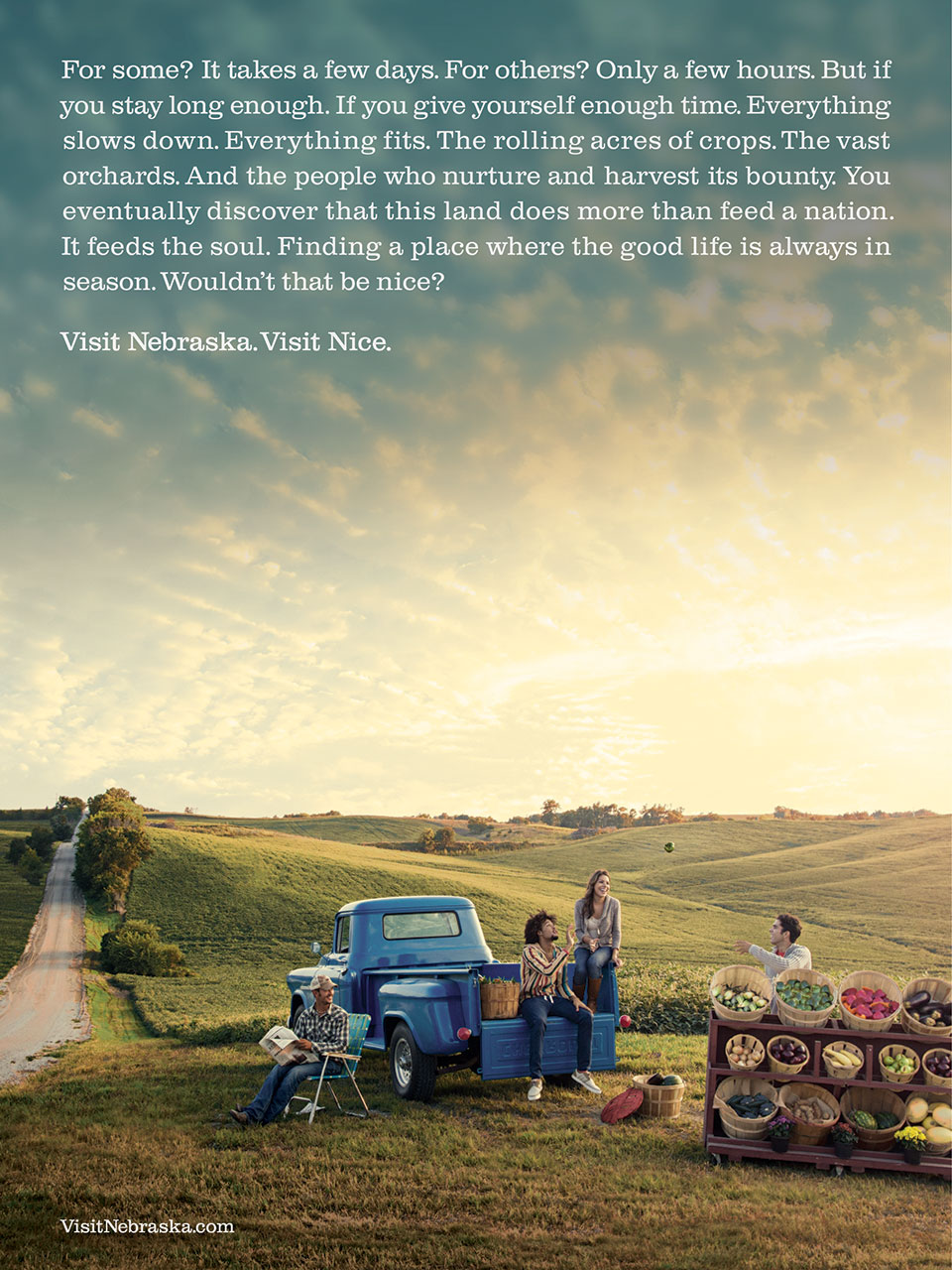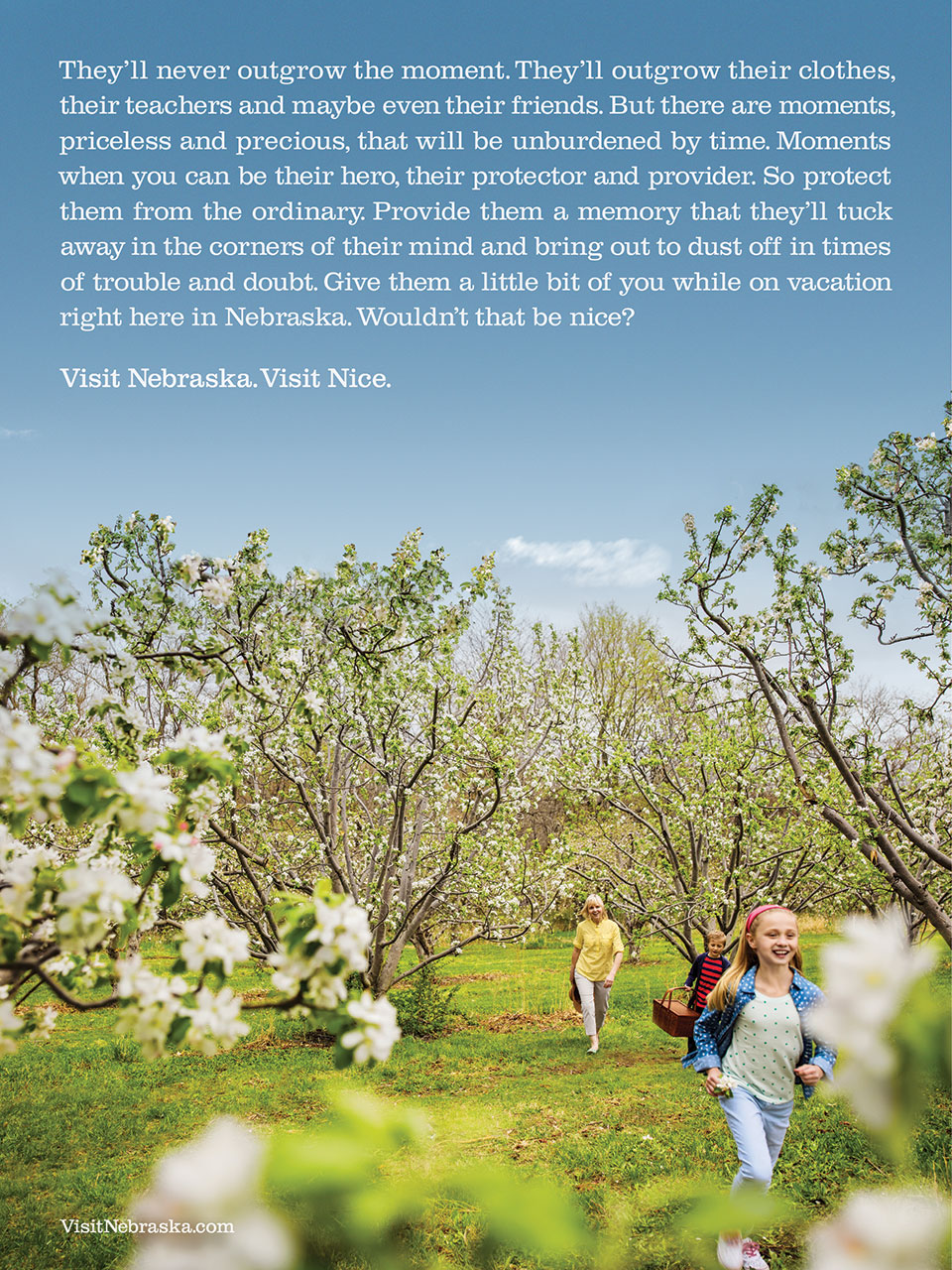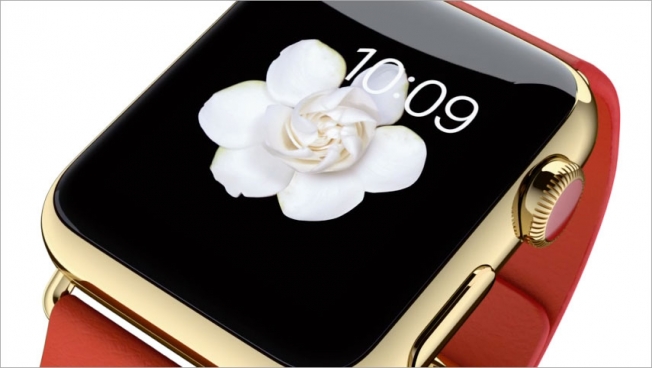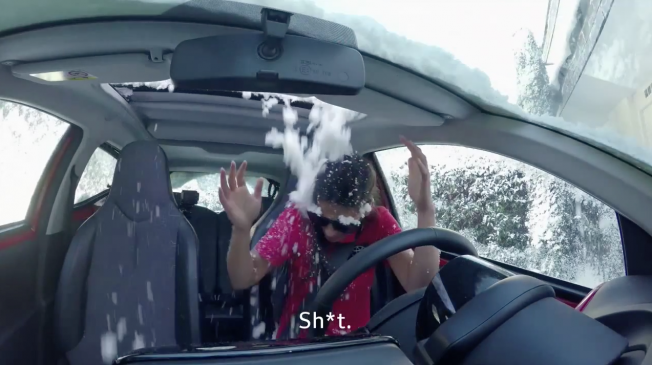
Vince Vaughn’s fake stock photos for the movie Unfinished Business were hilarious because they were so cheesy. But they were Photoshopped from real stock photos—showing just how clichéd a lot of stock business imagery has been.
But it’s evolving, says Getty Images, which did the Vaughn campaign with New Regency 20th Century Fox. And it’s taking its cues more than ever from social media, as the visual language of photography evolves thanks to apps like Instagram, Snapchat and Pinterest.
AdFreak chatted with Rebecca Swift, director of creative planning at iStock by Getty Images, about the Vince Vaughn photos and why “perfection” is no longer everything when it comes to business images.
AdFreak: The Unfinished Business photos with Vince Vaughn were great. Where did you get the idea to make those?
Rebecca Swift: New Regency Twentieth Century Fox and Getty Images have worked together for years. The studios’ digital marketing division pitched the concept and collection for the film Unfinished Business. The of idea working together to create a play on traditional corporate stock imagery with iStock by Getty Images, the biggest player in stock imagery, was born. The idea was to have a bit of fun—it’s brilliant to see them all over social media, and how people are making them their own.
Why Photoshop old photos instead of shooting new ones?
The awkward Photoshopping was part of the fun! We wanted to create a series of photos that would be instantly recognizable—playing off all the classic stock tropes—an idea which feeds directly into the business storyline of the film. The best way to do this was by taking existing images from the Essentials collection on iStock by Getty Images and Photoshopping the actors’ faces in, which creates this wonderful “double-take” effect—classic stock with a twist.
—Clichéd/perfect

—Authentic/imperfect

The original stock images that you used look cheesy to us today. I’m not sure how old they are, but clearly they’re out of date, aren’t they?
Classic stock images are familiar to us because we have seen the same scenario visualized thousands of times before. Clichés get ideas across, but it’s just one style. iStock by Getty Images offers a wide range of imagery to suit the endlessly varied needs of our customers. Our Signature collection, for example, features realistic, more authentic looking stock images that a growing number of businesses are using to tell their stories and engage consumers.
Has social media taught us to feel differently about what makes a business image engaging?
People love pictures, and that’s flooded into business communications. Audiences relate to brand imagery in the same way they do to their social media feeds. Social media—Instagram, Snapchat, Pinterest and others—certainly has made all areas of life more visual and public. At iStock by Getty Images, we’ve embraced this trajectory from the beginning. That’s why we provide images taken from the “inside”—i.e., people who are in the moment—showcasing real emotions, real body language and a broader range of people. These increasingly popular images bring an authenticity that resonates with the viewer.
Older stock images were earnest and “perfect.” There’s a trend toward authenticity, reality and imperfection now, right? How do strike the right balance there?
Older images traditionally were created by professional photographers skilled in the techniques of producing perfect imagery. At the same time, brands wanted images that reproduced well in print, often at large sizes.
In recent years, we have become accustomed to mobile photography that is imperfect and full of technical errors. We even add filters and lens flares to our images to make them less technically perfect.
The key trend is in visual storytelling—we forgive technical errors in favor of authentic storytelling. If a brand is keen to convey accessibility and familiarity—their “everyman credentials”—imagery that is relevant to a social media-viewing audience is effective. Imagery that reflects the aesthetics of user-generated content works. By way of contrast, if a brand wants to convey professionalism and expertise, more technically apt imagery would reflect this. Ultimately, achieving the right balance depends on your audience and your message.
—Clichéd/perfect

—Authentic/imperfect

How did the Lean In collection approach these kinds of issues?
The Getty Images Lean In collection was created to harness the power of pictures and our massive global customer base to overturn clichés and shift perceptions by promoting authentic images of women in media and advertising. The partnership celebrated its one-year anniversary last month, and one year on, we are seeing photos from the collection being licensed in over 65 countries, including Qatar, Kuwait and Korea, and sales doubling.
What else makes a good business stock photo, or any stock photo for that matter, these days?
Stock images are offered as a blank canvas for our customers to use along with other design elements to tell their own story. The more conceptual an image or the more compelling the story that can be attached to the image, the more successful it is.
Good business images are likewise great representations of the way we now do business. In an office, in the home, on the move, in a coffee shop, in a workshop—we relate best to the familiar and most engaging. We gravitate toward imagery that visualizes the way we personally do business and consequently are more sympathetic toward brands that use this imagery. If the people featured in the images around us are not dressed or styled as we expect, we reject them as tired and clichéd. If the photographic technique is one that has been overused by brands, we also find them tiring.
—Clichéd/perfect

—Authentic/imperfect






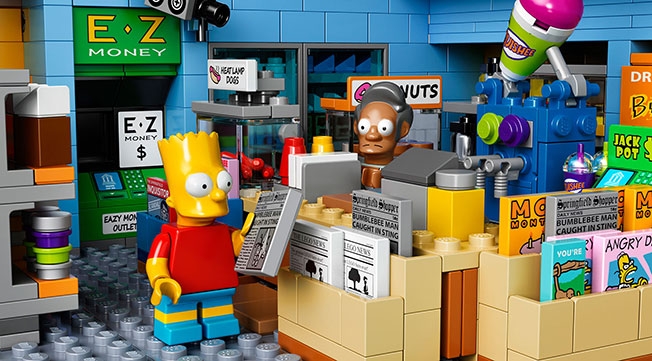
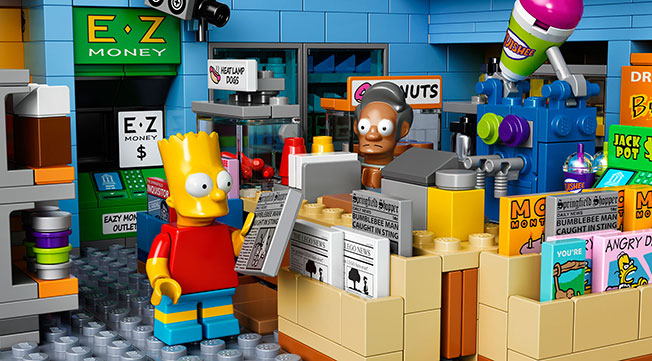
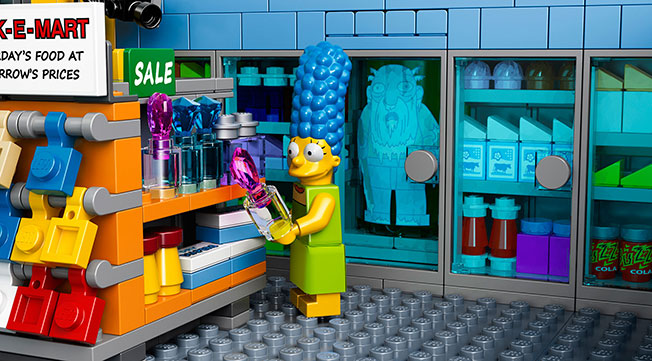







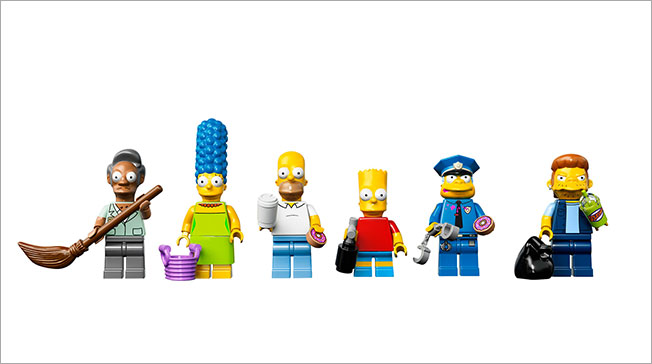
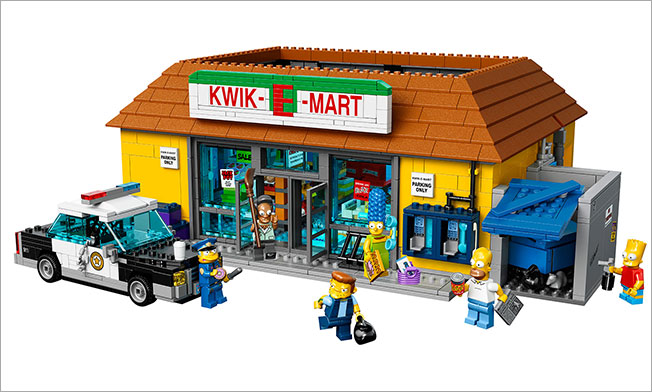

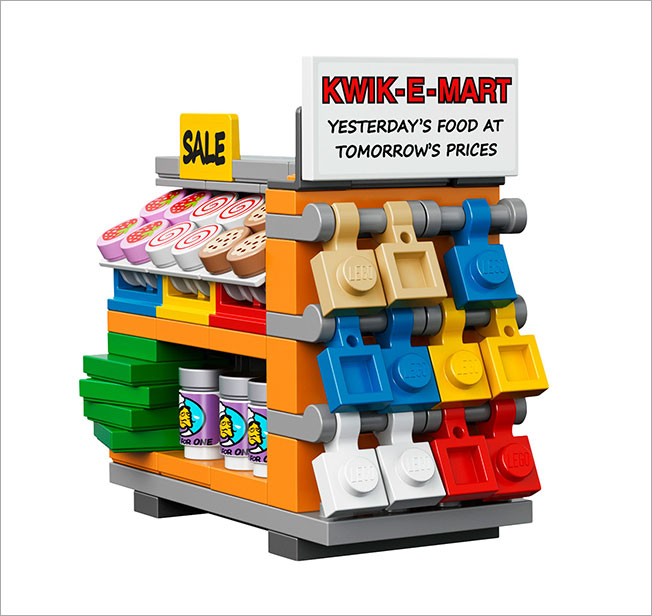
![]()



